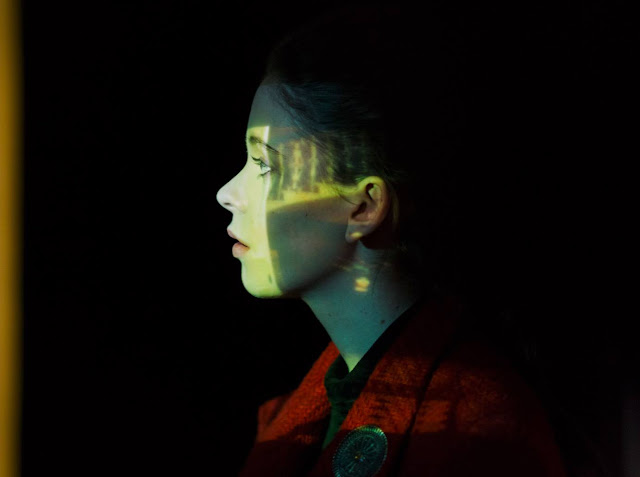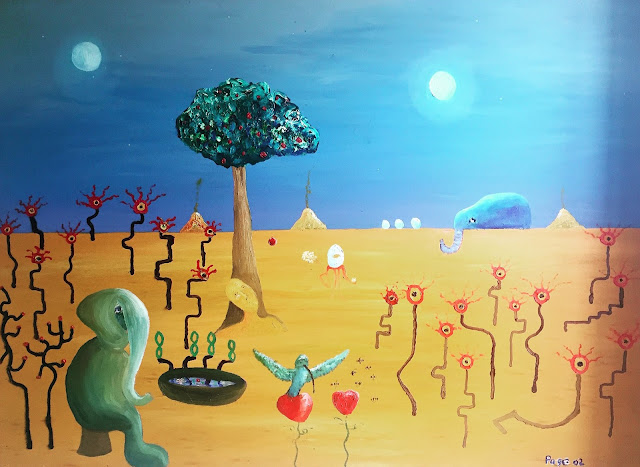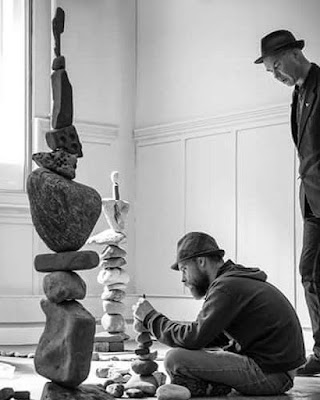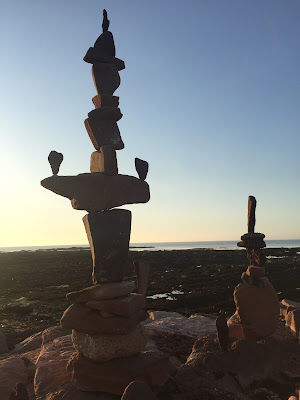We would really love this Scottish Indie feature film to do well when it gets released next year. If you like the trailer, please feel free to share it around...
from Year Zero : Tartan Features on Vimeo.
The
film in question is the Arthouse Psych-Horror, Far From The
Apple Tree, starring Netflix-star, Sorcha Groundsell (lead
actor in the 2018 shape-shifting horror romance box-set series, The
Innocents) and directed by Scottish low budget film director
and Indie Music obsessive, Grant McPhee. McPhee's previous features
have included documentaries on the history of Scottish labels &
bands, such as Big Gold Dream (on the Post-Punk labels
Fast Product & Postcard), which was broadcast last year on BBC2:
a good year and a bit before the Beeb's Rip It Up: The Story of
Scottish Pop and the National Museum of Scotland exhibition of
the same name.
Far
From The Apple Tree - written by the talented screenwriter Ben
Soper and produced by Steven Moore and Olivia Gifford (both producers
on the Outlander series) - is number 14 in the Tartan
Features series of low-budget-but-high-production-values full-length
Scottish independent films made since Grant McPhee's 2014 feature, Sarah's Room.
It's
scheduled to be released some time early next year "through
one of the UK's most daring art-house labels", and there will
also be selected BFI screenings.
The soundtrack for the film is by songwriter Rose McDowall (who came to fame in the UK in the 1980s as one half of Scottish Post-Punk Pop Duo, Strawberry Switchblade) and Canadian based "electroacoustic music composer and media artist, Shawn Pinchbeck.
Unlike the majority of feature films being made anywhere around the World today, the FFTAT production is notable for having an entirely female cast. We ourselves - being a micro-collective comprising of one woman and one man - were pleased to discover that the crew on the shoot was made up of a similar 50/50 male/female split. Mainstream cinema should take note and learn something from this new, more progressive breed of independent filmmakers. It is also heartening to learn that Grant McPhee and the rest of the Tartan Features / YearZero filmmakers are striving towards paying all crew members the Scottish Living Wage wherever possible.
Before we go any further - in the interests of transparency - we should disclose our involvement in the production of Far From The Apple Tree. Last year, after reading our Avant Kinema blog post detailing our experiments with shooting Super 8 film using expired filmstock, home processing with household products and handcrafting film with scratches and colours, Grant McPhee invited us to join the crew on the shoot of his latest feature. We were blown away by the generosity and open-ness of this approach and also fascinated to see first-hand how a bigger budget production with full crew and production staff operates.
So, we joined the 2nd Unit for the first two days of shooting in Perthshire in March 2017 - along with performer Ashley Sutherland and photographer Lucas Kao - and we were given free rein to wander the house and its environs in order to help create an authentic looking archive of Super 8 and 16mm film for Grant McPhee. and his editors to draw on whilst making the feature. It was an amazing and quite mind-blowing experience for us, and we were both really impressed by the friendliness and generosity of everybody we encountered.
Here are some analogue stills we shot of Ashley Sutherland with our Lomography cameras during the two day shoot, whilst setting up shots to be captured in Super 8 and 16mm.


















The working edit of the Far From The Apple Tree movie, which we were priviliged enough to be allowed to preview recently, was, in our estimation, an exceptional example of the way that certain 21st Century directors are able to draw on their 20th Century influences (in this case the 1960s & 70s arthouse horrors / psychological thrillers which Grant McPhee and writer Ben Soper love so much) to create something utterly fresh, utterly contemporary.
The
film, which is based mostly in a grand but spooky Scottish stately
home, follows the increasingly fractured and disorientating
interactions between up-and-coming artist and intern, Judith (Sorcha
Groundsell), and the disfunctional, Mother Figure, artist she
admires, Roberta Roslyn (Victoria
Liddelle: "The Loch" tv series). Bringing the Scottish
story-telling tradition of the Other Self / Doppleganger and the
Duality of the Individual - as in Dr Jekyll or Justified
Sinner - bang up to date, Judith is hired by Roberta to create an archive
around the Lost Girl of the House, Maddy - a near double of Judith herself -
whose absence is ever-present.
FFTAT
glories in a smorgasbord of filmmaking techniques and formats, both
digital and analogue, which helps McPhee and his team reference a
whole history of cinema at the same time as looking forwards towards
the future of cinema.
We
love the film and were honoured to be involved in its production.
Share
the trailer around if you like what you see, click on some links
below and spread the good word about Far From The Apple Tree...

































